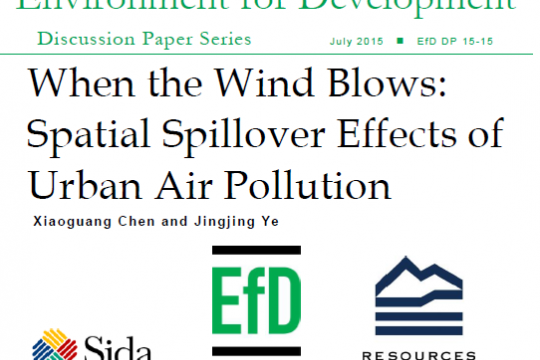Using a unique city-level panel on the daily air pollution index (API) and fine-scale meteorological data from 2009 to 2013 in China, we examine the existence and the magnitude of spatial spillover effects of urban air pollution in Chinese cities. Our spatial analysis results indicate that (i): there exist spatial spillover effects of air pollution in China: a city’s average API is expected to increase by 0.40-0.51 if the average API in its surrounding cities increases by one unit, depending on model specifications; (ii) an increase in gasoline price can effectively improve urban air quality; (iii) high levels of precipitation and strong winds can mitigate air pollution, while the temperature effects on air quality vary by time of day; and (iv) without controlling for spatial spillovers of air pollution across regions, coefficient estimates of explanatory variables will be biased. Our findings suggest that pollution control policies must be coordinated among cities and provinces to effectively abate urban air pollution.
When the Wind Blows: Spatial Spillover Effects of Urban Air Pollution
EfD Authors
Country
Sustainable Development Goals

